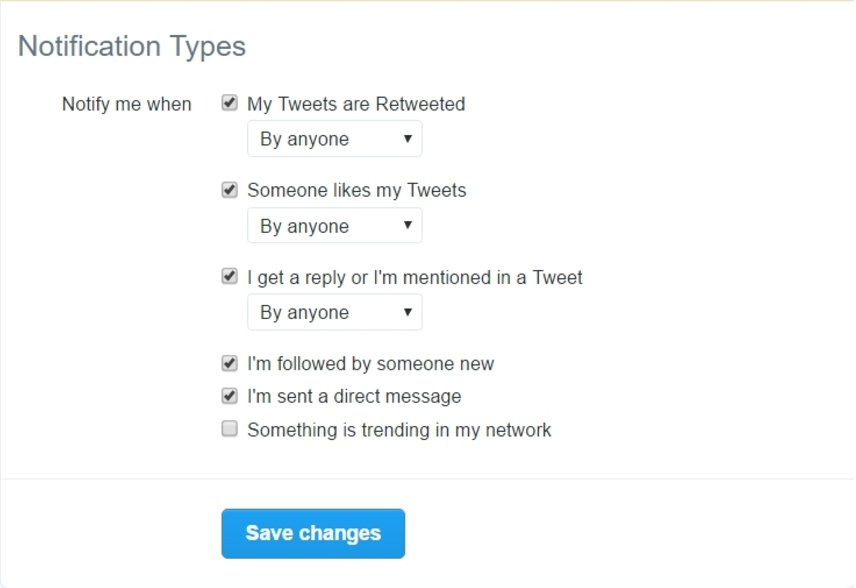Today’s social media platforms house billions of people. Over 78% of the US population has a social media profile of some kind. Given this statistic, it’s safe to assume your business has an audience on one or more of these platforms.
Of course, with organic reach on the downturn and the level of noise growing each day, you need to take specific measures to stand out and make your voice heard. Join us as we look at three powerful ways your business and brand can stand out more than ever on your platforms of choice.
3 Strategies to Gain More Exposure and Engagement on Social Media
There’s no secret sauce to winning the social media war, but there are a lot of ways you can fight the battle and turn the tide in your favor. Consider these three strategies and implement them to see how far your reach can expand.
1. Be Social
Despite the term “social” being in the name, many businesses aren’t engaging their audience anywhere as much as they should. Or, worse, they’re going about the wrong way. Engagement is an organic thing, and much like human conversation, it has to feel natural or it comes across as forced.
For starters, your company probably has a website, but until you’ve learned how to leverage your blog, you don’t have all the tools you need to properly create the engagement you’re looking for.
Once you have a platform to share insights and useful content, you’re halfway there. Between the content you create and the content you curate from other like-minded individuals and businesses, you’ll have reasons for people to stop and read your posts on social media.
Start small, with some of these quick tactics:
- Understand your audience – Why are they on this platform? What are they looking for? Give them a reason to stop and take time out of their day to read your post.
- Never discount the power of humor. Something as simple as a funny commercial can go viral and carry your brand well into the future.
- Utilize Facebook reactions by setting the tone with emojis of your own and create a mood for your audience to adopt.
- Share something exciting or shocking
- Ask for a specific response or pose a compelling question
- Give away something for people who comment/like the post
Starting small with these tactics will get the ball rolling, but you’ll need to start flexing your creative muscles sooner than later. Throughout all of this, you should be engaging people in your comments, and joining in on conversations that are already happening.
For starters, you need to make sure your Twitter account is setup to notify you when people mention your brand or use a hashtag related to your business. In your Twitter’s account settings, head over to the web notification settings and you should see this:

These settings will help you see when someone is talking about you. That’s a perfect time to jump in and join the conversation. If it’s a positive message, you can thank them, and if it’s a customer service issue, you can tackle it immediately and effectively.
Staying on top of conversations surrounding your brand gives you the power to engage when the time is right. With this in place, the next step is start bringing out the human side of your brand. People engage with people, not brands.
Start by finding ways to showcase the people behind your brand. One perfect example is the “Then and Now” photo album that Moz uses on their Facebook page. It has pictures of Moz employees when they were kids and what they look like now:

It’s fun, it’s creative, and it adds a human element to the brand that makes it far easier for us to engage with it. In everything you do surrounding engagement, remember that emotions dictate if people will engage or not.
That’s why things like humor work so well, because they are intrinsically tied to emotions. We spend time on social media talking to people across the internet, but we create true engagement when we remember that there are real people on the other side of the screen.
2. Embrace Visual Content
When we discuss visual content, we’re talking about two different things: images and video. Let’s start with the former. Beyond the fact that our brains feed on visual information, studies have shown that visuals are 43% more persuasive.
Visuals are best used when they are unique and related to the post itself. Focus on colorful options that provide eye-catching value to your post. Simply having an image of any kind is going to boost your clicks. According to Jeff Bullas, articles with images get 94% more views.
I recommend finding images from free sources or taking them yourself to start:
From there, you can make them even more unique by making changes. Now, this is normally where someone would probably tell you to use photoshop, but I prefer to use Canva, which is a free tool that allows you to alter and create custom images.
Now that you have images in mind, it’s time to talk about video content. Thankfully, many of today’s platforms have integrated solutions for video. For a long time, YouTube was the king of video content, but now even platforms like Instagram have created their own video solutions, starting with the first movie trailer on Instagram that released in 2013.
How important is video? Well, Cisco believes that by 2019, video content will encompass 80% of all internet traffic. More importantly, video is a powerful way to grab people’s attention. While short, pre-recorded content is a good start, you should strive to utilize the rising wave of live streaming video with services like Facebook Live.
Here are some ways you can start incorporating video into your social media strategy to further increase your exposure:
- Create video tutorials that demonstrate how to utilize your product
- Stream an event live so your audience can join in on the excitement
- Reveal something new on your live stream
- Host a live webinar and provide a presentation that’s rich in value for your audience
3. Tell Stories
Our last, and most important tip is to tell stories. Now, this can be done in a number of different ways on social media, but it is the key ingredient that powers our other two strategies in this post.
As we discussed earlier, it’s important to establish a human side to your brand. Storytelling is an excellent gateway that can accomplish this. To start, you can share these types of updates on your social media pages:
- What your company is doing
- What you’ve been learning and how you’ve been growing
- Behind the scenes looks at life within the company
One important to remember is that these stories should be short and focused. You don’t want to share too many personal details or ramble on. Think of it like showing a glimpse of what goes on at your company and what kind of people work there.
It’s also important to share the stories behind your brand. Again, there are multiple ways to do this. You can share a longer post on Facebook, or you can create a series of tweets that form a cohesive story all together.
Don’t forget that visuals can tell their own story. A picture is truly worth a thousand words, so try posting something interesting or enticing, and provide a small comment with it that illustrates a story. The mystery behind it will get people talking.
Final Thoughts
Social media is just one of the ways you can grow your business. Utilizing it properly requires a focus on specific key elements like engagement, visual content, and of course, storytelling. How do you make your brand and your business stand out on social media? Let us know in the comments!




